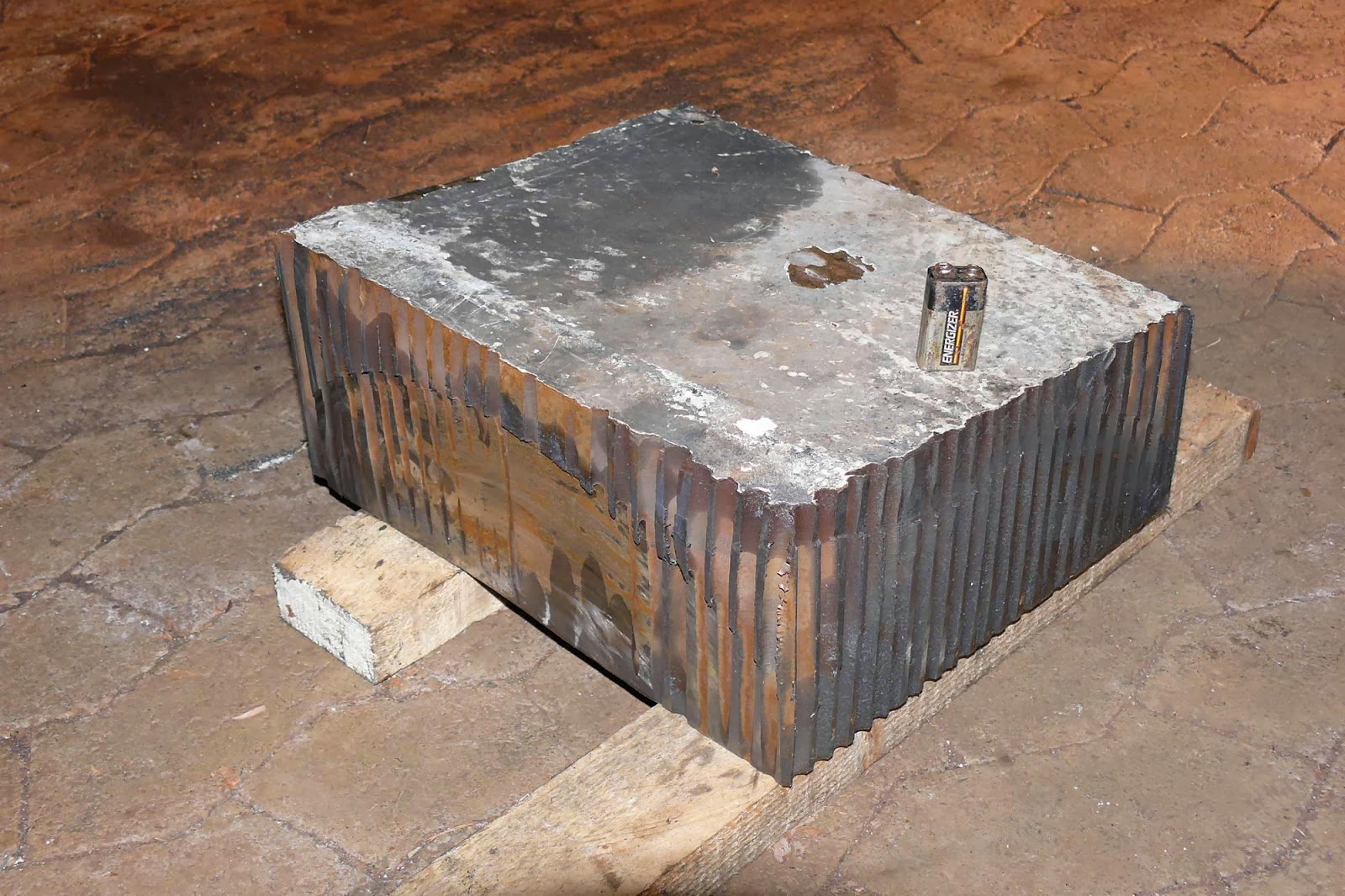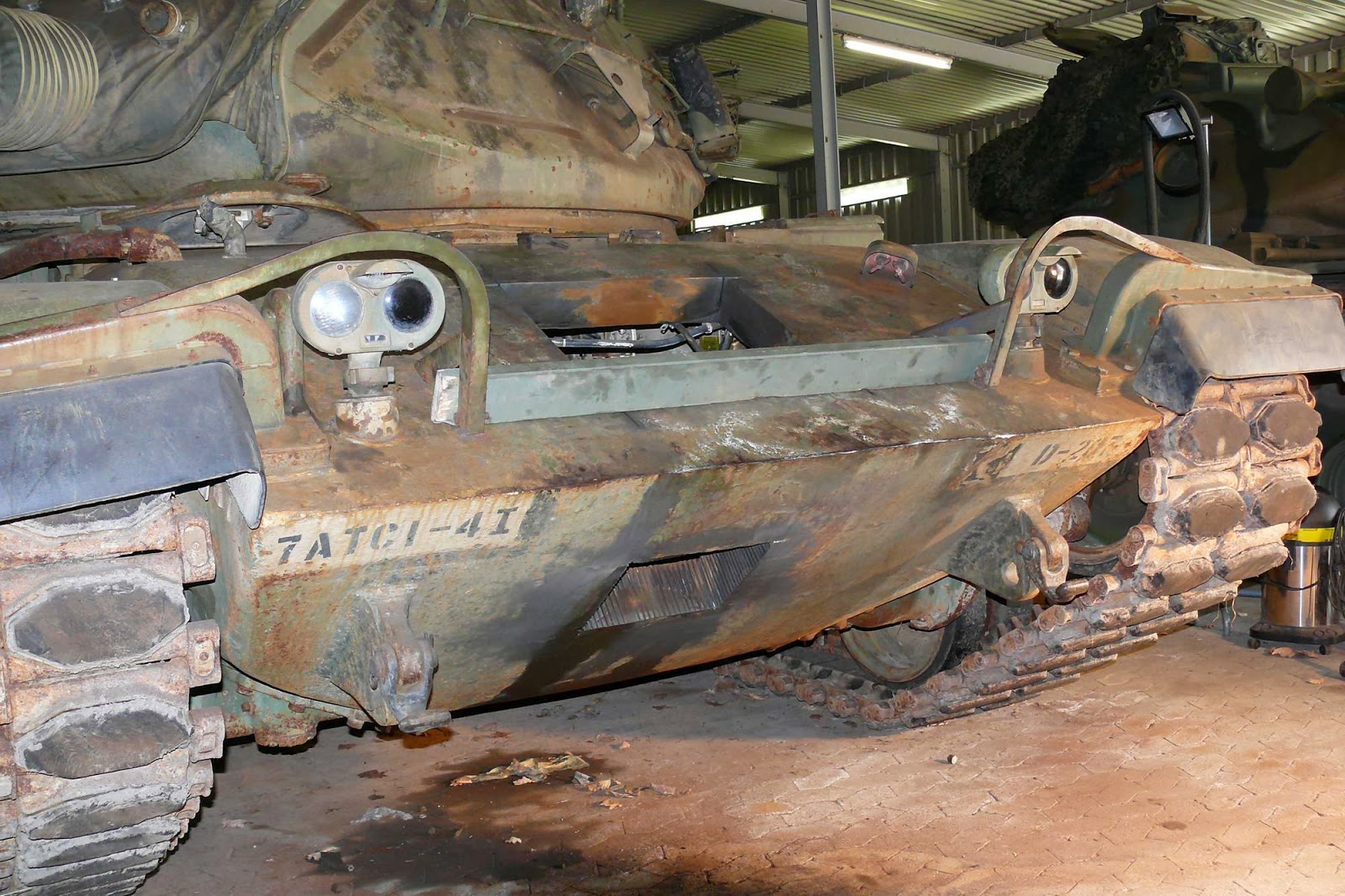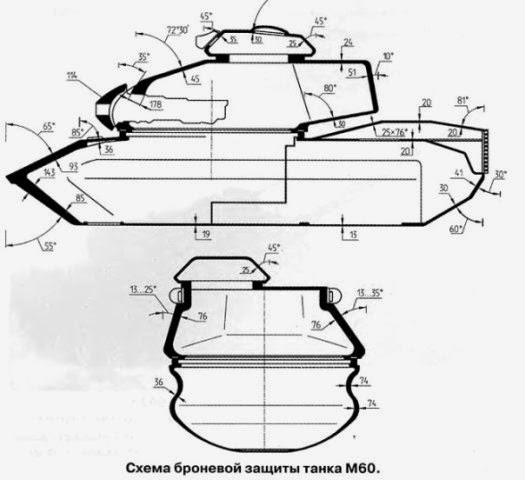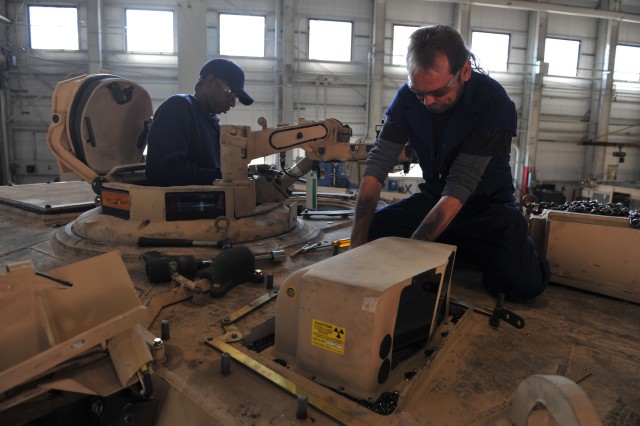Re: tanques e blindados
Enviado: Qui Fev 07, 2019 9:49 am
State trials of Russia’s Armata tank to begin in 2019
December 31, 2018, 10:37 UTC+3
The T-14 is the world’s only post-war third-generation tank
Russia’s T-14 tank based on the Armata© Valeriy Sharifulin/TASS
MOSCOW, December 31. /TASS/. Russia’s T-14 tank based on the Armata platform will undergo state trials in the Defense Ministry’s scientific and research institutions next year, the ministry’s press service said on Monday.
"The T-14 tank, which has been created on the universal Armata platform and developed for the Ground Forces, is completing the manufacturer’s trials. The fighting vehicle in 2019 will start undergoing state trials in the Russian Defense Ministry’s scientific and research institutions," the ministry said.
The T-14 is the world’s only post-war third-generation tank. Armata is Russia’s development, which has no counterparts in the world.
Earlier, Deputy Defense Minister Alexei Krivoruchko said the Defense Ministry had signed a contract with Uralvagonzavod for the delivery of 132 T-14 tanks and T-15 infantry fighting vehicles based on the Armata combat platform. The supplies are due to be completed by 2021.
The T-14 tank based on the Armata platform was shown to the public for the first time at the Victory Day parade on Red Square on May 9, 2015. The new combat vehicle features fully digitized equipment, an unmanned turret and an isolated armored capsule for the crew.
More:
http://tass.com/defense/1038694
Tank sense: the Defense Ministry this year will receive the first serial "Armata"
February 12, 2019 00:01
The troops will receive updated cars
Aleksey Ramm
Alexey Kozachenko
Bogdan Stepovoy
Tank T-14 "Armata" after revision went into mass production. The first batch of 16 updated machines will go to the troops by the end of the year. On May 9, the new T-14s will take part in the parade on Red Square. After that, to check in conditions close to combat, they will be distributed in military units located in different regions. According to experts, the Armata with an uninhabited tower and an armored capsule for the crew surpasses all known foreign analogues, including the American Abrams, the French Leclerc and the German Leopard 2.
Until the end of the year, 12 T-14 Armata tanks and four T-16 BREMs will go to the troops, several sources told the Izvestia sources in the Defense Ministry. According to them, the serial "Armata" differ from the previously presented experimental machines: after testing a number of components and assemblies were replaced, new systems also appeared.
The first production tanks will have to take part in the Victory Parade. And after the ceremonial passage on the pavement of the Red Square, “Almaty” will be involved in military trials. 16 cars will be divided between military units located in different climatic zones.
In the corporation "Uralvagonzavod" "Izvestia" said that the UVZ has a contract with the Ministry of Defense for the production of tanks "Armata" and combat vehicles based on them, and it is strictly carried out.
Remote power
Comparing the T-14 with Western models, military experts speak of superiority over the American Abrams, the French Leclerc and the German Leopard 2. The domestic machine is considered more efficient and more durable than the tanks of potential enemies, by 25-30%.
The main innovation of the tank is an uninhabited tower. In the "Armata" crew controls the tool remotely, being in an isolated armored capsule, which is located in the hull of the tank. Capsule allows you to save the life of the crew, making the tank more resilient on the battlefield. This solution to the layout of the combat vehicle is a new word in tank design.
It is known that the "Armata" is a new diesel engine with a capacity of 1.5 thousand hp. The firepower of the tank provides a 125-millimeter 2A82 gun - according to the technical level, it, as the developers claim, surpasses all existing tank guns by 1.2 times. The muzzle energy of the 2A82 cannon is 1.17 times better than the best NATO weapon - the 120-millimeter system of the Leopard-2A6 tank. But at the same time, the length of the barrel of a domestic cannon is 60 cm shorter, which generally makes the tank more compact.
The tank is equipped with the Afganit active protection complex. It creates an impenetrable "dome" around the tank, automatically destroying the flying anti-tank shells, bombs and missiles without the direct participation of the crew.
Tow for tanks
For the Russian army, the Armata is a versatile heavy tracked platform. At its base, it will be possible to produce not only tanks, but also heavy infantry fighting vehicles, engineering vehicles, heavy armored personnel carriers, tank support vehicles, reconnaissance and command and control.
BREM T-16 on the basis of "Armata", designed to evacuate damaged vehicles from the battlefield and their subsequent repair in the field, is ready. It is equipped with a set of special equipment, such as a bulldozer blade, and differs from the existing BREM-1M by a more load-lifting crane-manipulator, as well as a more powerful traction winch.
The conning tower T-16 is located in the front of the hull and shifted to the port side - the crew will be located there. It consists of three people: the commander, driver and operator. The protected capsule also provides space for the crew of the evacuated tank. Behind the habitable compartment is the engine compartment, where the diesel engine and automatic reversing gearbox are located.
BREM is not only heavily armored, but also has a dynamic and electronic protection system from guided weapons, a mine clearance system with electromagnetic fuses. For its own defense, a combat module with a large-caliber machine gun, remotely controlled from an armored capsule, is installed on the T-16.
The cold of Buryatia and the heat of the desert
Last year, the Ministry of Defense announced that “Almaty” would be tested in the conditions of the Arctic. Also addressed the issue of testing machines in the mountains and in desert-sandy terrain, where high temperatures prevail.
A check in the troops is necessary so that during the operation crew members “feel” the car, military expert Sergei Suvorov told Izvestia.
“Usually, at this stage, hidden flaws are discovered and design flaws emerge,” the expert noted. - Since Soviet times, all armored vehicles were tested in various conditions - in a hot climate, dusty terrain and a cold climate. In accordance with the requirements of the Ministry of Defense, the tank must operate stably in the temperature range from -50 to +50 degrees Celsius. For testing in cold conditions, tanks will be sent to military units located in the north of the country or, for example, in Buryatia, where in winter the temperature often drops to the necessary critical levels. For testing the heat in Soviet times, tanks were tested in the sands of the Karakum desert, now they are sent to the Astrakhan region.
Serial tanks, which eventually become the basis of armored troops, are seriously different from experimental specimens, told editor of Arsenal of the Fatherland magazine, Viktor Murakhovsky, to Izvestia.
- Outwardly, the final version of “Armata” from the pre-series is unlikely to be very different, - said Victor Murakhovsky. - Basically, improvements should relate to the power plant, transmission, sighting system and ammunition. For tank guns, they will have to develop a new range of ammunition, including guided ones, with explosions in the trajectory and a number of others.
All tanks are somehow being finalized. In the USSR, as a rule, the engines of cars were seriously modernized - this primarily concerned the T-64 and T-80 tanks. For example, the T-80, for example, actually got a new power plant before it got to the conveyor.
https://iz..ru/844419/aleksei-ramm-aleksei-kozachenko-bogdan-stepovoi/tankovyi-tolk-minoborony-v-etom-godu-poluchit-pervye-seriinye-armaty





Army's SA/ED M1 variant built at Anniston
ANNISTON ARMY DEPOT, Ala.-A new high-tech variant of the Army's M1A1 combat vehicle was introduced into the depot's production schedule in January, and the assembly of the first of 156 ordered by TACOM Life Cycle Management Command was completed here March 2.
This latest M1A1 tank model, dubbed M1A1 SA/ED, comes equipped with technology supporting situation awareness and embedded diagnostics. The depot in January 2008 ran a 'proof-of-pilot' program to prove that workers here possessed all the skills necessary to manufacture the vehicle and that the industrial complex was capable of handling the necessary workload, said Josh Mitchell, production controller.
Although the never-before-seen configuration of the M1 and its new supply chain management process presented challenges for the program managers, "everyone involved has put forth a tremendous effort to overcome these obstacles and ensure a successful program, now and into the future," said Scott Dailey, TACOM LCMC M1A1 product integrator. "This program will provide a great benefit to our Soldiers, with the smallest possible burden to the taxpayer."
The program is being executed through a workshare agreement between the depot and contractor General Dynamics Land Systems, said Larry Phillips, depot program manager. In this type of public-private partnership, the government separately funds the contractor and the depot, with both parties performing a share of the work.
TACOM LCMC is paying Anniston Army Depot, or ANAD, to dissemble M1A1 tanks that have been stored at California's Sierra Army Depot. Aside from vehicle disassembly and reassembly, Anniston is responsible for the repair and upgrade of the turret and hull.
About 100 depot mechanics, machinists and welders in the Nichols Industrial Complex are dedicated to the teardown, repair, assembly and testing of these vehicles.
GDLS is charged with installing the improved side armor on the M1A1 turret at its government-owned, contractor-operated facility in Lima, Ohio. They receive the turret structures from Anniston after government workers here complete the teardown. Back at the depot, GDLS workers kit the parts for ANAD to use in the assembly process.
"This program is one of our priorities. We're excited about the opportunity to be a part of it," said Debby Staton, material section manager for GDLS at a facility on depot where the kitting is performed.
Both partners have technical experience in the production of the M1 main battle tank. GDLS is the tank's original equipment manufacturer, while the depot has been working on the M1 since the 1970s. Aside from the M1A1 version being upgraded to the SA/ED variant, two other versions of the M1 are in service: the original M1 and the M1A2.
Some capabilities unique to the SA/ED model include the armor enhancements, remote thermal sight and the tank infantry phone. Aside from the monitoring and sensor technology inserted into the tank's situation awareness system, Soldiers will take advantage of the latest AGT-1500 engine upgrades and the tank urban survivability kit, or TUSK.
Artillery repairer Von Boykins has been testing M1 turrets for three years and said though there is little difference between the SA/ED model and other M1 variants, "the biggest difference is the updated sights."
"It only takes a couple weeks to get fully accustomed to testing a new variant," said Bubba Jennings, an artillery repairer here for more than 10 years.












